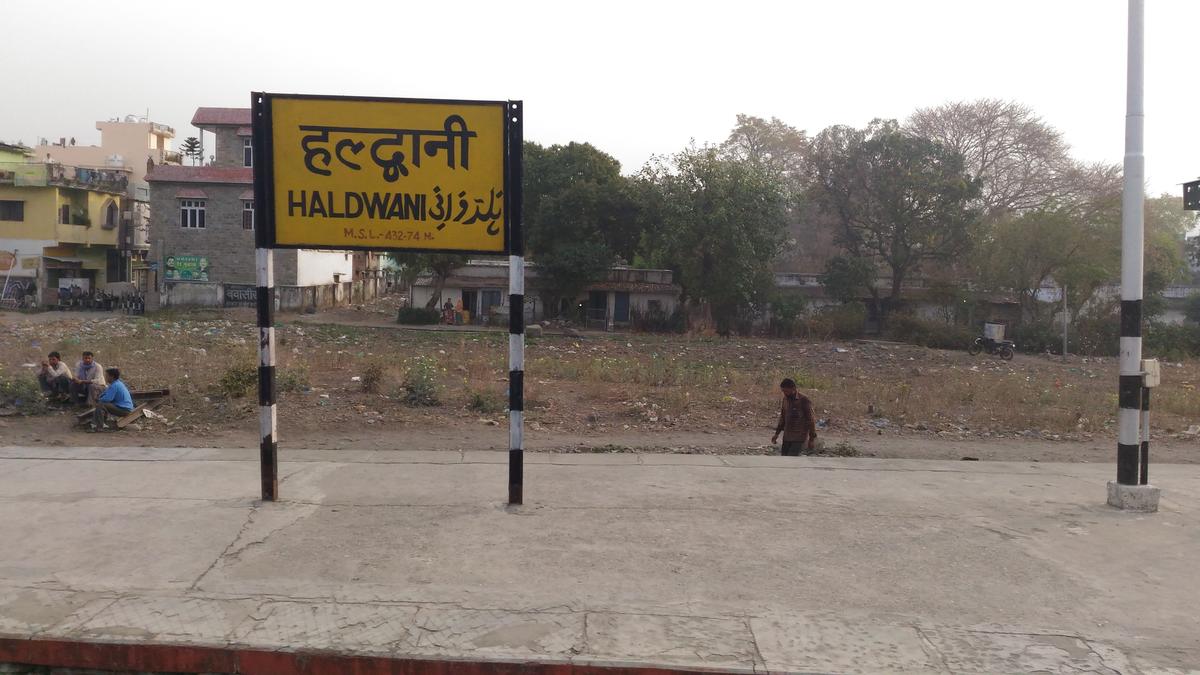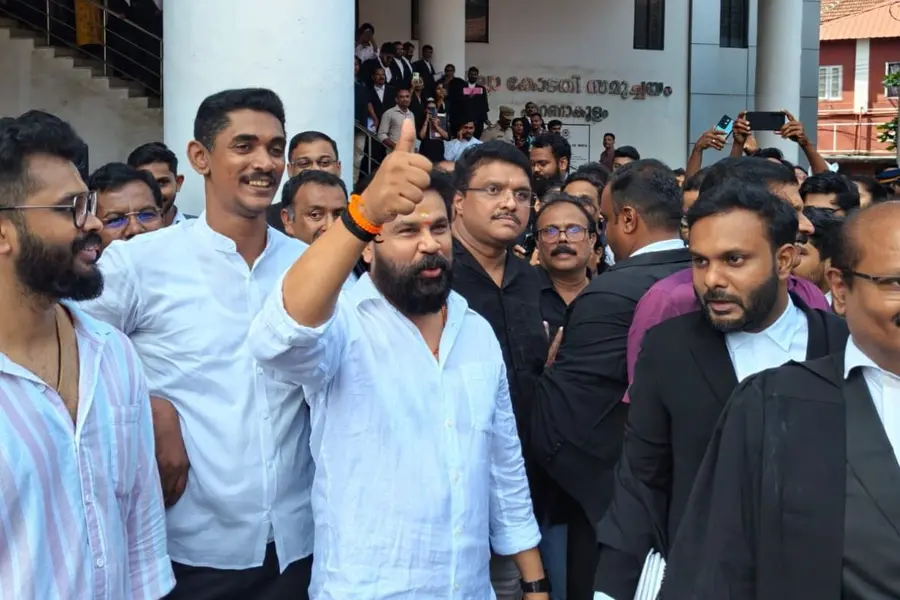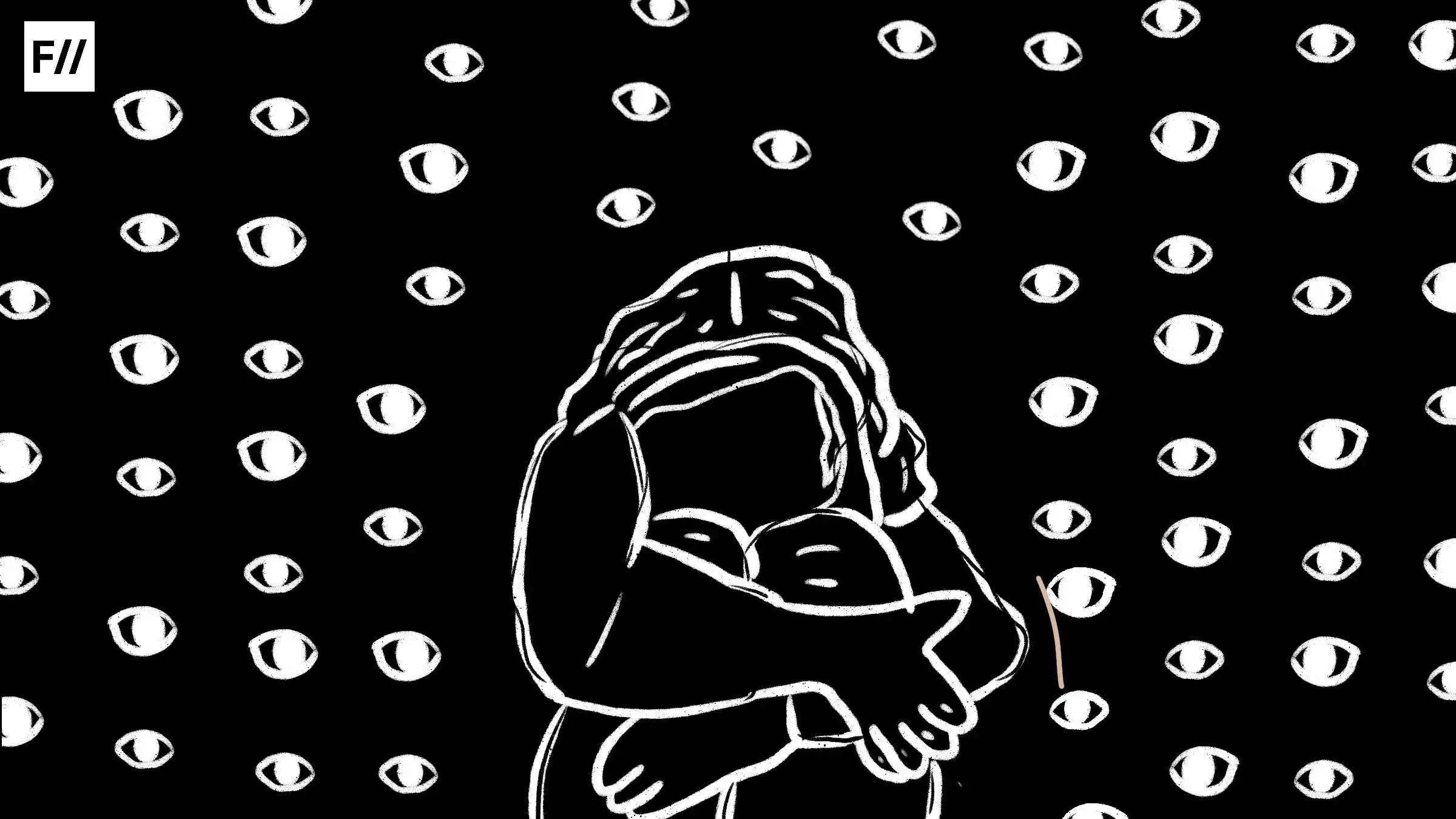Last week around 50,000 people were facing the threat of eviction and demolition of their homes amid the harsh cold in the state of Uttarakhand’s Haldwani. This was because of a high court order released in the favour of a PIL filed by an individual, who claimed that the residents were occupying land owned by the railways.
The High Court not addressing the resettlement strategy is why its judgement is flawed in law. Where the state itself is incapable of providing any sort of resettlement housing, how fair is it to evict a hustling settlement in the name of ‘development and expansion works’? Though India has ratified international law guaranteeing housing as a basic human right – and while Indian courts have recognised the right to housing as an integral component of the right to life – successive governments do not seem to have complied with this legal and moral obligation.
The railway has identified 4,365 families who it says have encroached on its land which accounts for Nearly 50,000 people, a majority of them Muslims living on the disputed land. This has come through the high court rejecting the residents’ claim that they held a valid lease over the Nazul land. The Nazul land is a non-agriculture Land held by the Government in public trust, in perpetuity, the possession of which can be transferred by way of lease or sale.
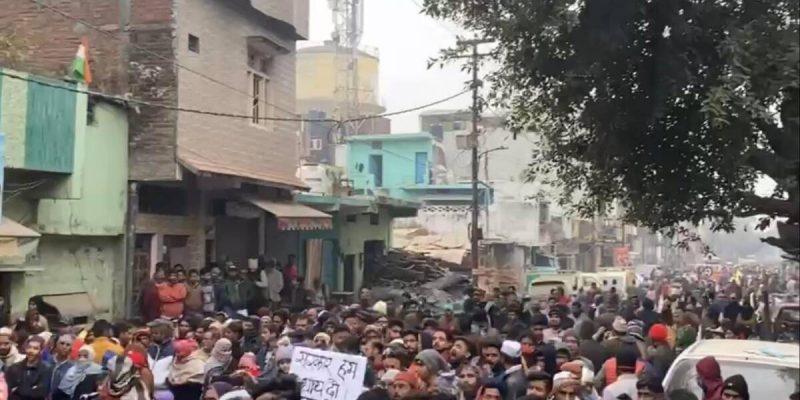
On December 20, a bench of the Uttarakhand high court, led by Sharat Kumar Sharma, ordered the removal of 4,500 settlements in Banbhoolpura within one week, “by use of force” if required. This was followed by a notice on the 1st of January published by the North Eastern railway in the local newspapers to vacate the said land within 7 days, resulting in the demolition of the 2.19km stretch.
The state response to people as encroachers, is not only violating their right to housing but also pushes them into the precarity of loss of livelihoods, social connections and dignity. In an interview with BBC, one of the residents, Tilka Devi Kashyap, 65, said, losing her home would mean imminent homelessness for her and her 14 family members.
Also read: Infographic: Common Instances Of Islamophobia In India
The eviction notice at Haldwani was grappled with large-scale protests in the area by the occupants asserting themselves to be the rightful owners. As per a ground report by journalist Ghazala Ahmad for Clarion India, locals claim the court’s order is politically motivated and is being done to reduce Muslim votes in the state. Residents are raising questions over the claims of the government and railway authorities. In a ground report video by Clarion India, residents of the area can be seen contesting their claims on their homes.
“For so many years, we have been paying tax for everything. For electricity, for garbage. And now they are asking us to vacate? Where will we be going with our children?”
Another resident claimed the school in their neighbourhood to be decades older(“My father has studied in this school”). She asked if the land belonged to the railways, how did the government open a school in the area?
In another ground report by Wire, residents hinted towards the intentions of the government to be communal and Islamophobic. A daily wage worker who has lived in the area for the past five decades said, “Where will we go? We are daily wagers and poor. If we are evicted, we will be without shelter. Already, we are dying due to unemployment and starvation. Now the railways are kicking us in the gut. This land does not belong to the railways. This drive is an attempt to eliminate us. We believe this is a political strategy to remove Muslims and change the demography of the area.”
The conflict over the encroachment of railway land can be traced to 2007 when the railway authorities conducted eviction drives for land demarcation and removal of encroachment. However, it resulted in clashes and arson and was met with protests and stone-pelting.
A petition was also filed in response to the High Court’s order which was heard at the Supreme Court on January 5 by a bench of Justices S.K. Kaul and A.S. Oka. The petition was filed by Sharafat Khana, a resident of the locality, and 10 others. The petition stated that 17 schools and 16 places of worship fall in the area notified for demolition.
Activist Sharjeel Usmani tweeted: “Out of the entire 90 km stretch – from Bareilly station to Kathgodam – this is only 2.1 km area (the Muslim settlement) ownership of which is claimed by the railway. Here they’re claiming 820 metres deep from the track and in the rest of 87.9 km, they claim merely 68-70m deep from the track”.
Meanwhile, railway officials claim that the encroachment is impeding construction and expansion projects. They claim that the government has already received multiple requests to build new railway tracks in the region, but that these requests have been rejected due to the problem of encroachment. A few years ago, a plan for building pit lines was sent, but it hasn’t gotten much attention because of the reduced area brought on by encroachment. According to officials, clearing the encroachment would make it easier for longer-route trains to depart from the Haldwani railway station, which would generate revenue for the Railways and make travel for the general people more accessible.
“It may not be correct to say that paramilitary forces have to be brought in to throw them out… there cannot be uprooting of 50,000 people overnight…within seven days. There is a human issue involved. Find out some practical solutions. There is a human angle to the problem and one cannot say we will use armed forces to evict them.”
Supreme Court
The conflict over the encroachment of railway land can be traced to 2007 when the railway authorities conducted eviction drives for land demarcation and removal of encroachment. However, it resulted in clashes and arson and was met with protests and stone-pelting. As the railway authorities continue to issue notices, the fate of thousands of people has been left in the lurch. Agitating people have questioned the government’s intentions, as they claim no action has been taken since 2016 to regularise the land or to resettle them.
The Supreme court on the 5th of January observed that many of the occupants have claimed of them being residing there for more than 50 years, and noted that there is a “human angle” to the problem and the authorities have to find a “practical way out”.
The court said, “It may not be correct to say that paramilitary forces have to be brought in to throw them out… there cannot be uprooting of 50,000 people overnight…within seven days. There is a human issue involved. Find out some practical solutions. There is a human angle to the problem and one cannot say we will use armed forces to evict them”.
As per the census of 2011, approximately 17.4% of the Indian urban population lives in these inadequate settlements. The statistics of 17.4% emphasis on the fact that living in an informal setup is not a choice but a way how poor people create space in cities and towns. People across India do not want state-constructed tenements. They want rights over the land on which they live, and access to housing finance and technical assistance to build their homes.
Documents of the people who live there were made even before the arrival of railways and the apex court’s order will give them a chance to claim their rights.
The order from the Supreme Court has come up with just a temporary relief as the threat of being evicted is still hanging on the residents. The next hearing of the case is on 7th February.
Also read: Islamophobia In The Times Of A Pandemic
Also, the residents of this area are asking the important question of how do people become encroachers. For how many generations should a person live in a house to claim that it will never be lost? Eviction notices and drives in the name of “anti-encroachment” or development at their core, exist as anti-poor, anti-migrant worker policies.
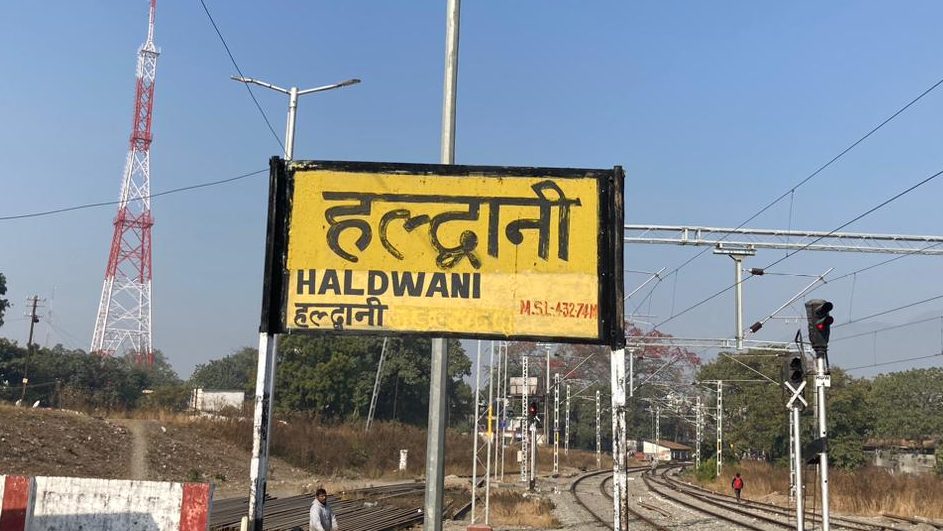
As per the census of 2011, approximately 17.4% of the Indian urban population lives in these inadequate settlements. The statistics of 17.4% emphasis on the fact that living in an informal setup is not a choice but a way how poor people create space in cities and towns. People across India do not want state-constructed tenements. They want rights over the land on which they live, and access to housing finance and technical assistance to build their homes.
Consequently, before ordering eviction, it was incumbent upon the High Court to (a) determine whatever rehabilitation and resettlement plans of the state or central government were pertinent to the matter at hand before ordering eviction (for example, The Uttarakhand Reforms, Regularization, Rehabilitation and Resettlement and Prevention of Encroachment of the Slums located in the Urban Local Bodies of the State Act). It is crucial to remember that the lack of a policy constitutes a violation of the state’s duty to safeguard citizens’ rights to a decent place to live. And (b) to direct the state to carry out a survey to identify which residents were qualified for relocation and rehabilitation under the current regulations.
Also read: How Farmers Continue To Stand Their Ground Despite Facing Atrocities By The State
The High Court not addressing the resettlement strategy is why its judgement is flawed in law. Where the state itself is incapable of providing any sort of resettlement housing, how fair is it to evict a hustling settlement in the name of ‘development and expansion works’? Though India has ratified international law guaranteeing housing as a basic human right – and while Indian courts have recognised the right to housing as an integral component of the right to life – successive governments do not seem to have complied with this legal and moral obligation. The notion of the poor as “encroachers” and “illegal” and its treatment through eviction and demolition is just a sign of the state’s Islamophobia and anti-poor policies.
About the author(s)
Anuj is an urban practitioner and an independent writer. He's mostly interested in Feminist Urbanism and the intersection of various identities in the urban. He is a graduate of the Indian Institute for Human Settlements and has disciplinary training in Urban and Regional planning.
